BMW has revealed a groundbreaking update to its in-car user interface, named Panoramic iDrive, at CES 2025. The new UI, debuting with the upcoming Neue Klasse sedan later this year, marks a significant departure from the company’s previous systems by introducing a customizable, widget-based design. While the interface remains familiar in some respects, the key innovation is the integration of a digital display reflected onto a specially treated portion of the windshield, providing an enhanced and immersive driving experience.
The concept is not entirely new, but BMW’s approach presents it with a unique twist. Unlike conventional heads-up displays, this system does not project the information directly onto the windshield. Instead, screens embedded in the dashboard reflect information onto the glass, allowing for a more streamlined presentation without the distraction of additional screens. “When we looked at all the digital possibilities, we felt people are only using a fraction of what a vehicle can do inside,” said BMW CTO Frank Weber. This technology, which has been in development at BMW for nearly a decade, is designed to provide relevant information in the driver’s line of sight, staying in line with the company’s goal of enhancing the “ultimate driving experience.”
As part of this overhaul, BMW is also retiring the iDrive knob that has been a staple of its vehicles for over 20 years. This decision follows a shift in driver behavior, with Weber noting that many drivers, particularly in markets like China, rarely use the physical control. Instead, the Panoramic iDrive UI will be controlled through haptic steering wheel buttons and a new BMW digital assistant that supports voice commands, prioritizing safety and convenience by keeping the driver’s focus on the road.
The new UI system also maintains integration with third-party apps, including Apple CarPlay, which will remain a feature for BMW users, further emphasizing the company’s focus on user control and data privacy. “We want to have an interface that is deeply connected to the functions of the car,” said Adrian Van Hooydonk, BMW Group Design Head. Despite offering third-party compatibility, BMW insists on retaining control over core vehicle functions and customer data, distinguishing its approach from competitors.

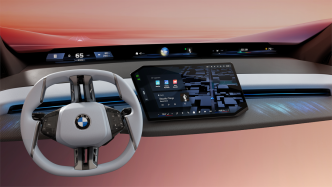
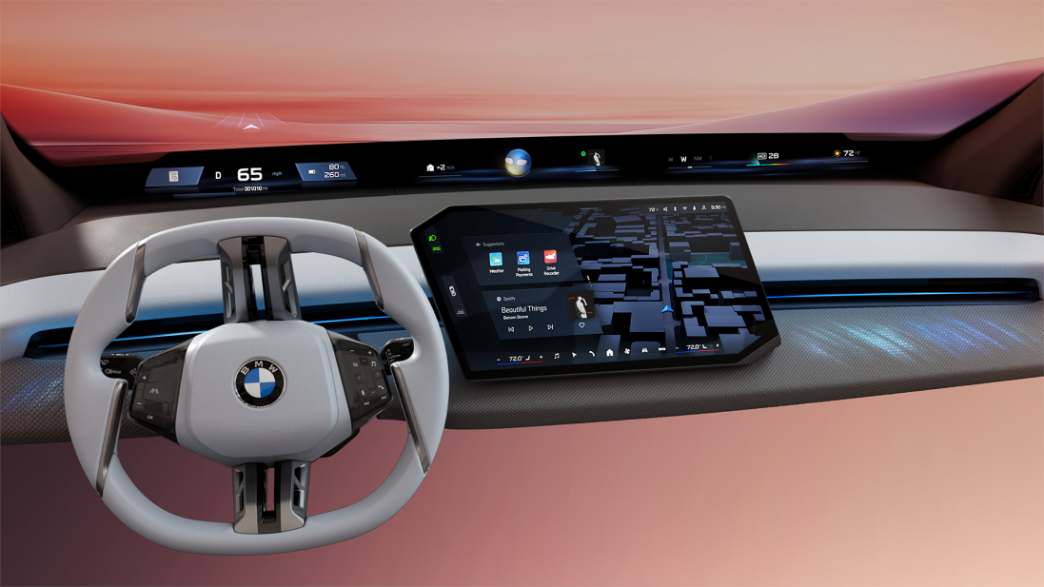




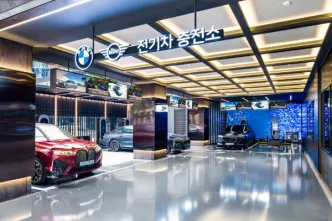
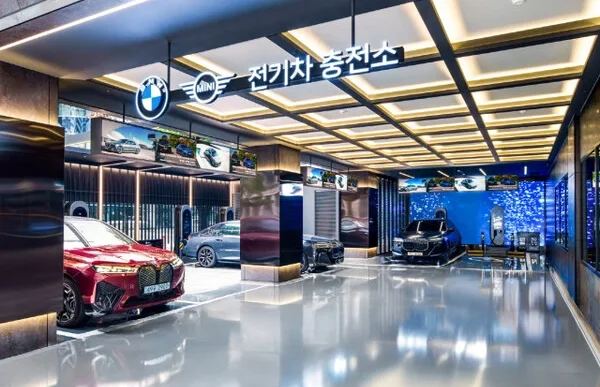

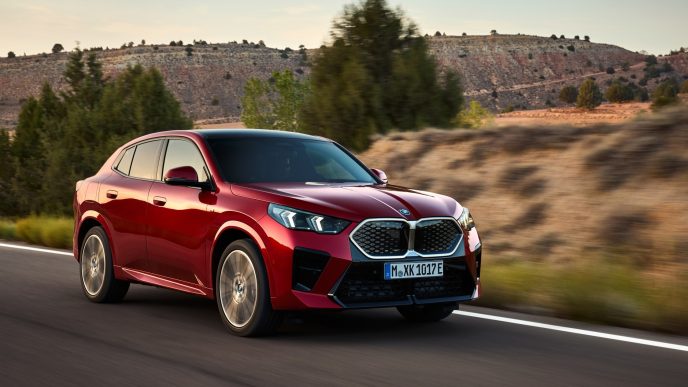
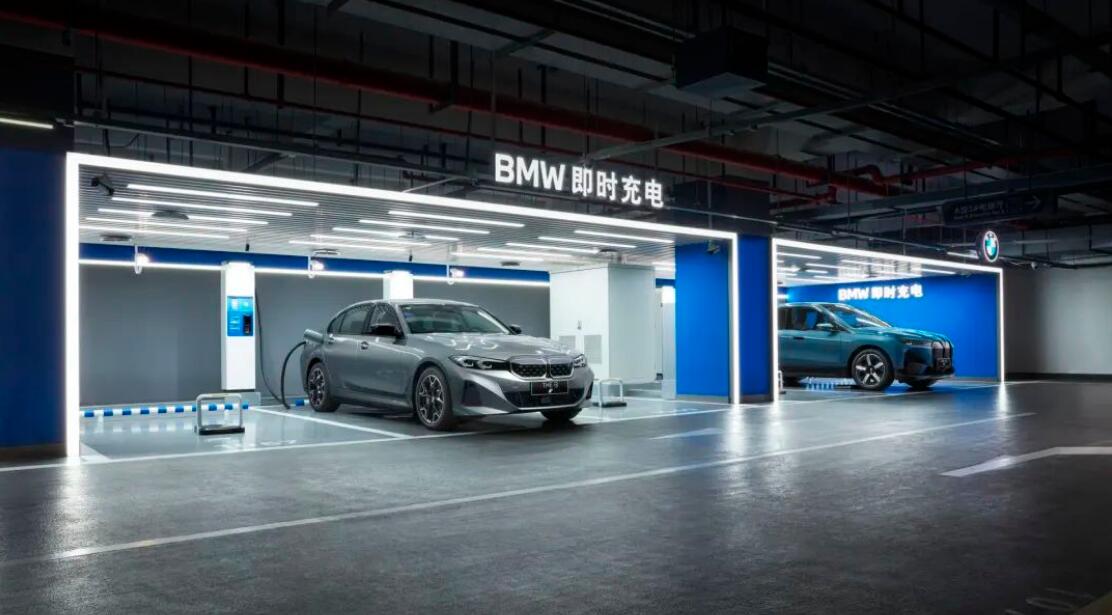


Nice but I prefer not to have a display that looks like someone left their tablet behind.